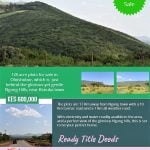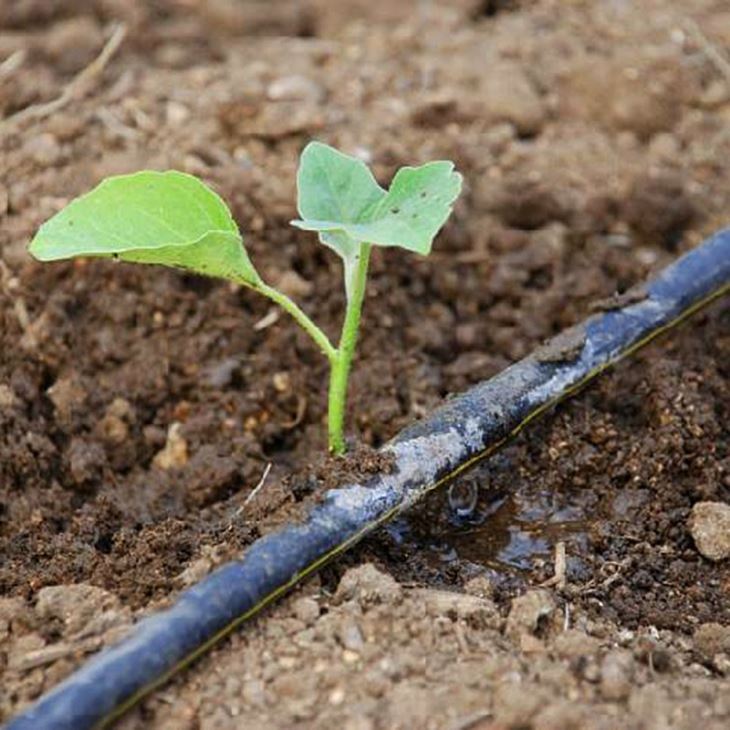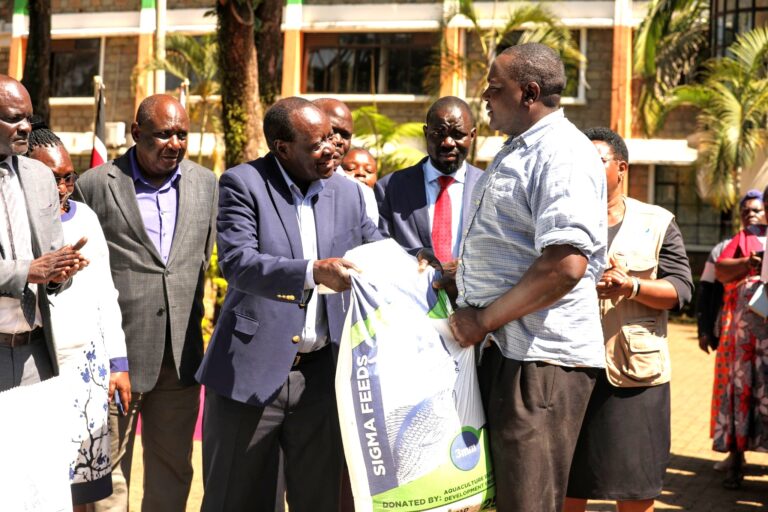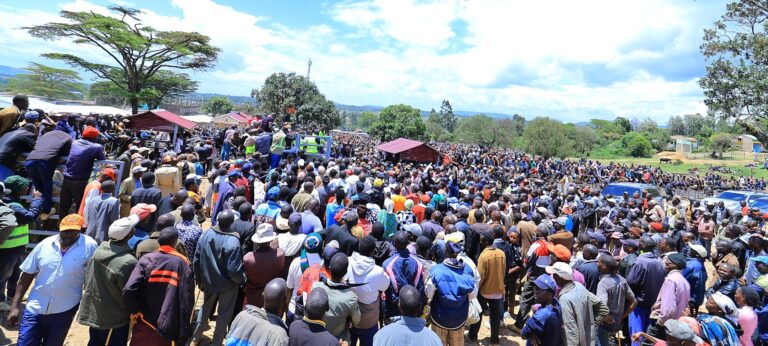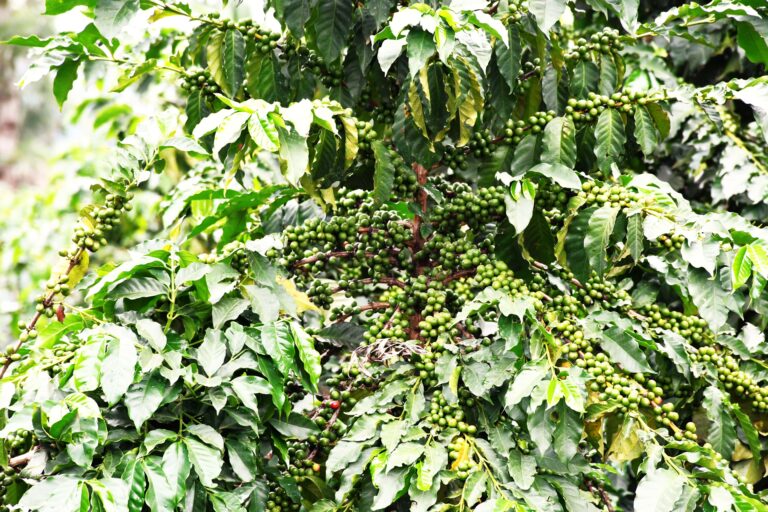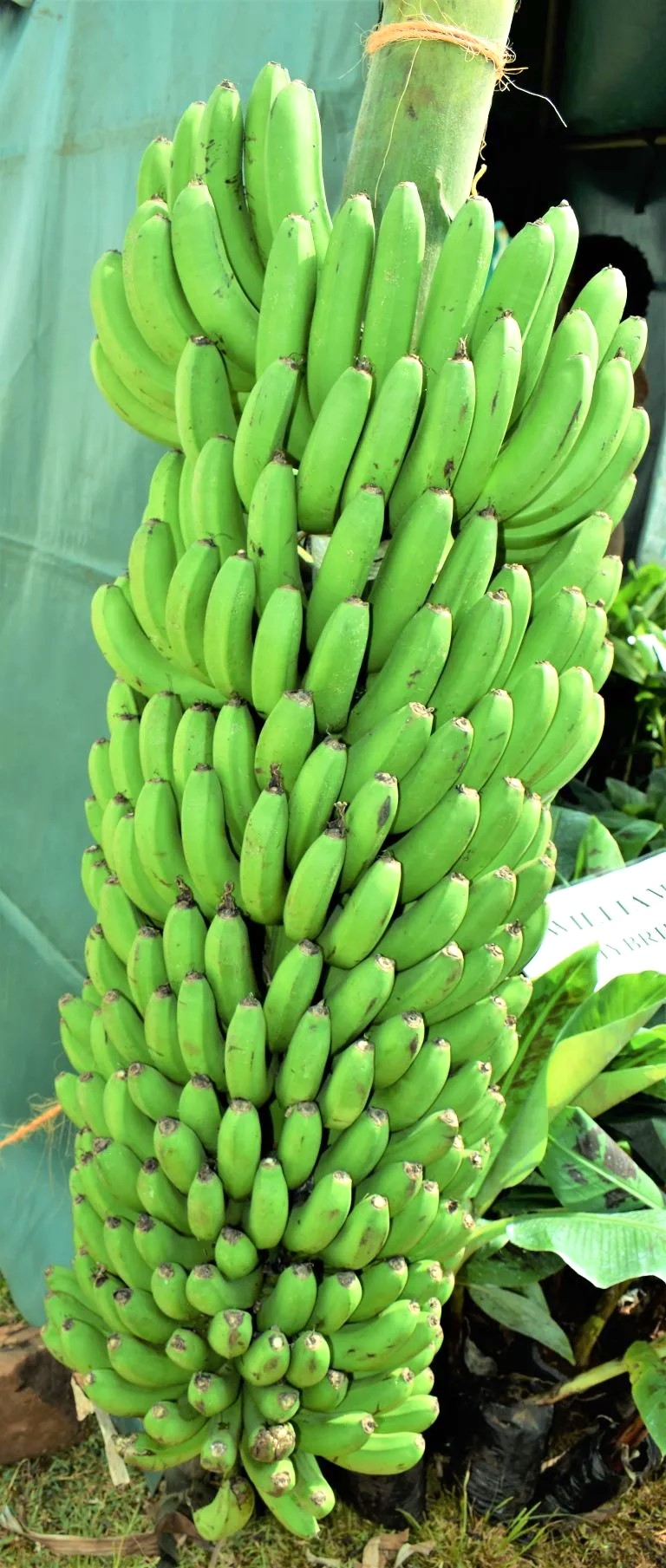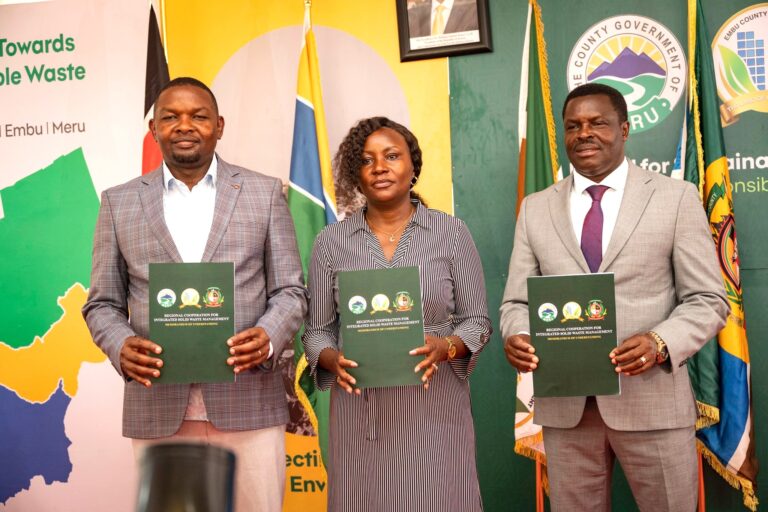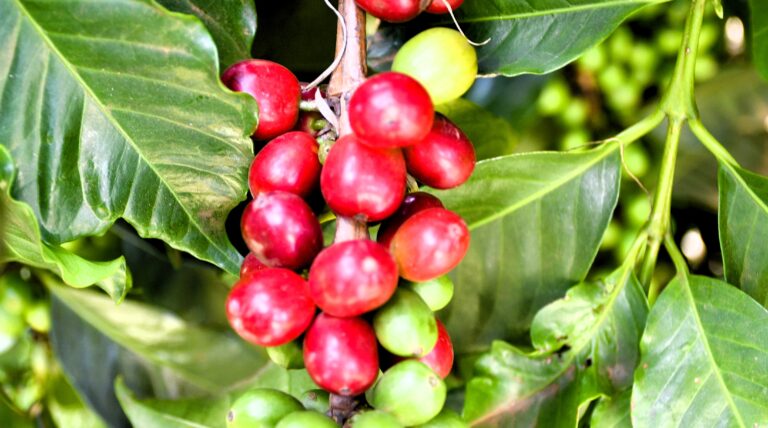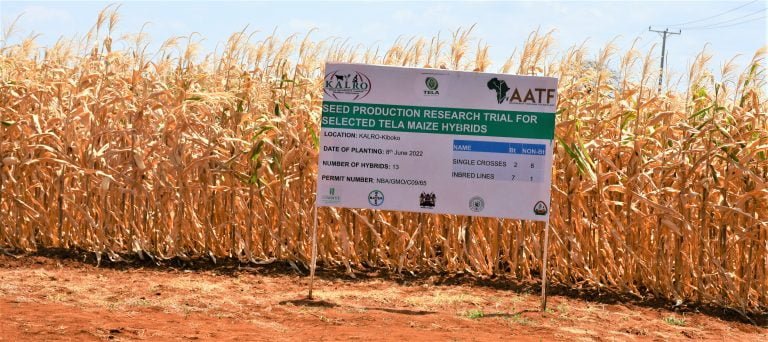By Kimuri Mwangi
Kenya’s agricultural sector faces increasing challenges such as climate risks—including prolonged droughts, erratic rainfall, and shifting growing seasons—threatening sustainability and resilience. It remains the backbone of the country’s food security, economic development, and rural livelihoods contributing approximately 20 per cent of the nation’s Gross Domestic Product (GDP) and employing over 40 percent of the total population, according to the Central Bank of Kenya (2024).
To address these challenges, Kenya has implemented the Agriculture Sector Transformation Growth
Strategy (ASTGS), Climate-Smart Agriculture (CSA), and the Bottom-Up Economic Transformation
Agenda (BETA). The Africa Agriculture Adaptation Atlas (AAAA) supports these efforts by offering geospatial tools and localized insights for climate adaptation and value chain optimization. By integrating data on climate hazards, land use, and socio-economics, the AAAA enables data-driven decision-making but requires localized datasets to improve its impact, especially on climate adaptation and agricultural value chain optimization.
With funding from the Gates Foundation, the Regional Centre for Mapping of Resources for Development
(RCMRD), in partnership with the Sustainable Agriculture Foundation (SAF-A), conducted a county-level
landscape validation exercise to assess existing agricultural practices, particularly climate-smart agriculture (CSA) initiatives.
Covering over 35 counties—including Machakos, Nyeri, Murang’a, Kilifi, Busia, Kisii, Makueni, Taita Taveta, Uasin Gichu, Baringo and Turkana—the exercise sought to enhance understanding of the AAAA’s implementation and provide localized insights for policy and decision-making.
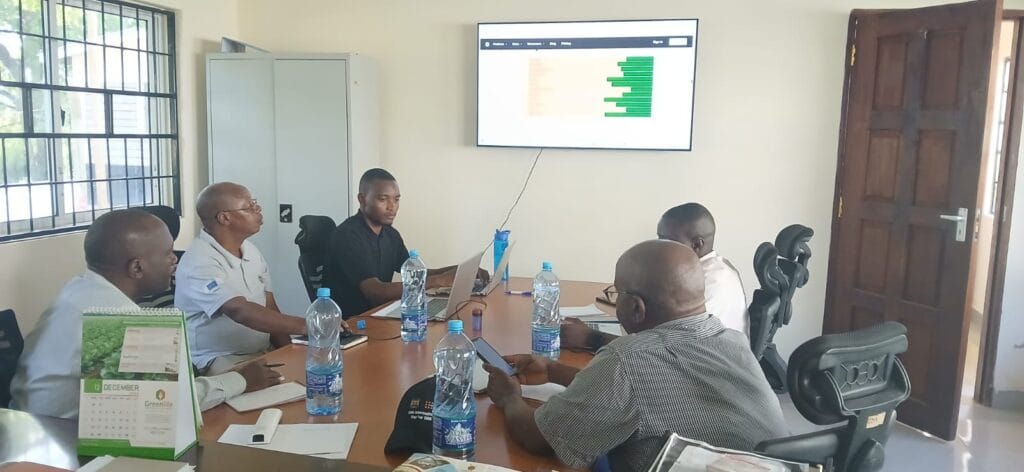
During the validation exercise, stakeholders discussed ongoing CSA initiatives such as seed distribution, livestock breeding, aquaculture, agro-processing, and conservation agriculture. The exercise also introduced county officials to the Africa Agriculture Adaptation Atlas (adaptationatlas.cgiar.org), demonstrating its ability to analyse climate risks, estimate economic returns on adaptation investments, and prioritise livestock investments. The Africa Agriculture Adaptation Atlas (AAAA) emerged as a crucial tool in bridging the gap between scientific knowledge and practical applications. By providing data-driven insights, the platform enables county governments to address climate risks and promote agricultural sustainability.
The findings underscored both opportunities and challenges within Kenya’s agricultural sector. A key
observation was the gender disparity in agriculture—while women constitute 75 per cent of the agricultural labour force, they continue to face barriers related to land ownership, access to credit and climate-induced vulnerabilities. Despite efforts by initiatives such as the Women Enterprise Fund and various NGO programs aimed at improving access to credit, training, and markets, issues such as limited land ownership and the adverse effects of climate change remain significant challenges. Women played a particularly active role in goat and poultry farming, while community-driven initiatives focused on water conservation, agroforestry, cooperatives, and value chain development.
To maximize the impact of the AAAA, stakeholders recommended Capacity building through targeted training programs for county officials to improve data interpretation and decision-making, and customization of the platform to include county-specific datasets and Agro-Ecological Zone (AEZ) classifications, establishing GIS/Remote Sensing (RS) laboratories to facilitate real-time monitoring and support policy formulation and updating outdated value chain data to reflect current agricultural trends.
The validation exercise demonstrated that with proper customization and support, the AAAA can be a
transformative tool in advancing sustainable agriculture, fostering resilience, and driving economic growth across Kenya.

